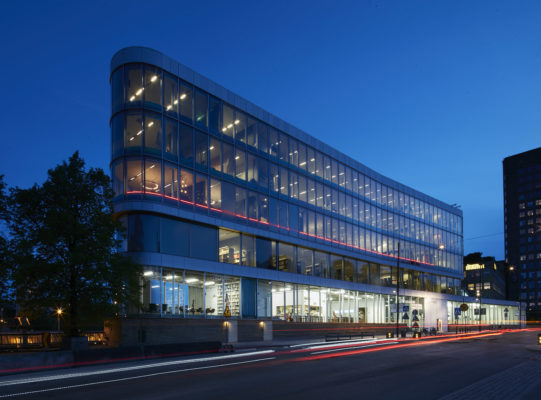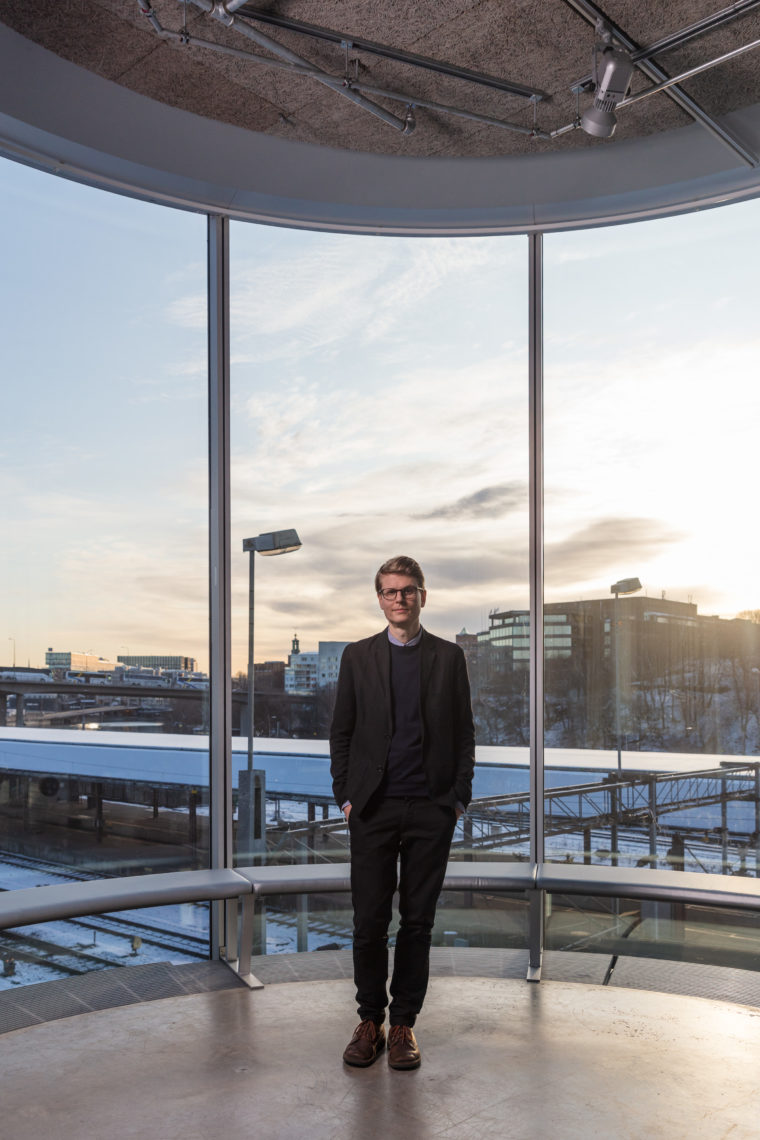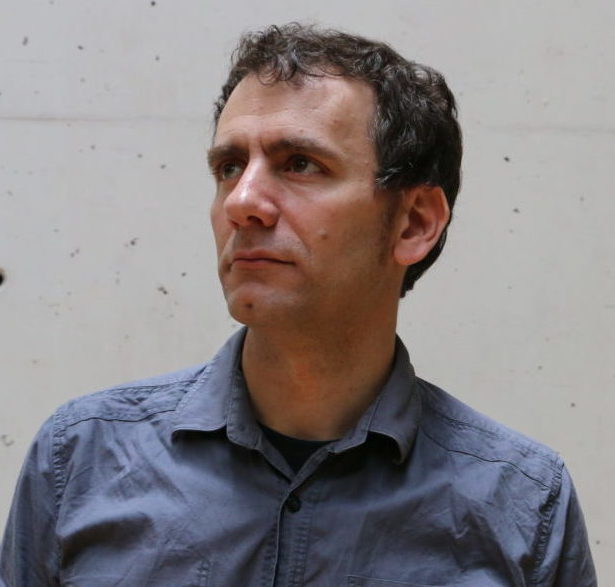Search
To search for an exact match, type the word or phrase you want in quotation marks.
A*DESK has been offering since 2002 contents about criticism and contemporary art. A*DESK has become consolidated thanks to all those who have believed in the project, all those who have followed us, debating, participating and collaborating. Many people have collaborated with A*DESK, and continue to do so. Their efforts, knowledge and belief in the project are what make it grow internationally. At A*DESK we have also generated work for over one hundred professionals in culture, from small collaborations with reviews and classes, to more prolonged and intense collaborations.
At A*DESK we believe in the need for free and universal access to culture and knowledge. We want to carry on being independent, remaining open to more ideas and opinions. If you believe in A*DESK, we need your backing to be able to continue. You can now participate in the project by supporting it. You can choose how much you want to contribute to the project.
You can decide how much you want to bring to the project.

Theodor Ringborg is the Artistic Director of Bonniers Konsthall. He was about to defend his Ph.D. at Goldsmiths University, London, when travel restrictions were imposed. Upcoming exhibitions include solo-shows with Ann Böttcher, Lawrence Abu Hamdan and Cooking Sections. Apart from numerous books and anthologies Ringborg has published in, among others, Cabinet Magazine, Mousse, Artforum and Ran Dian.
MM: You are the Artistic Director of Bonniers Konsthall, an art center that has been changing its structure quite recently to divide responsibilities. As artistic director, what are your duties? Can you work with structural matters?
TR: The idea was to flatten the organization. We are three directors, two executive directors and one artistic director, which is me. My area is everything that has to do with the program, the exhibitions, the artists and our overall approach to that work.
We’ve recently seen a wave of controversy around spaces for art: boards have been investigated, demands have been made for the repatriation of artifacts, sponsorships have been questioned and issues of the rights of cultural workers and questions of ethics in matters of display have been raised. We’ve set things up so that we three work on structural matters together, bringing in each of our fields of expertise, art, finance and HR. We hope this can make us a better institution for those who work here and for those we work with, above all the artists, as well as for our audiences.
Writing in the midst of the corona pandemic I can say that this structure has been invaluable in securing the wellbeing of everyone that works at or with Bonniers Konsthall, as well as our audience.

Theodor Ringborg. Photo: Jean-Baptiste Béranger
MM: Bonniers Konsthall has had a trajectory of international art but also a focus on the local context. Defines this double direction the exhibition program and -more precisely- the typology of exhibitions?
TR: I’ve been the director since September, so it is still early days for me. Historically, yes, Bonniers Konsthall has somewhat defined its program by on the one hand “international” and the “local”. I’m less interested in that delineation. What we’re concerned with are discourses and issues relevant to here. If they can be approached best by someone who lives close by or not depends.
MM: Really interesting to talk more about discourses than geographies. Somehow, this type of approach demands some sort of trust from part of the users of the kunsthalle as the way to work, talk and discuss about it is asking for an extended time: Exhibitions are parts of the writing of ideology, with criticality appearing on a subtle way sometimes or as almost a manifesto in other occasions.
TR: You kind of have to segment it in different frequencies and in each of those define what the purpose and politics are. Say, in other words, what are you trying to do by way of several exhibitions over many years and what are you trying to do with the one show. The singular show lets you engage with an audience in a certain way and the entirety of a program in another way. There’s a couple of artistic practices out there that take part in the reality they concern, and by being propositional they put me as a viewer in the right relationship to its subject. Through their singular exhibitions we will be given an opportunity to do work, talk and discuss their art and subject at hand. But if we can call their way of working a new kind of social realism then that’s what the program will bend toward, and is an entirely different kind of conversation.
Then there is the bigger big picture, which is that at the moment in Sweden, like in many other places, there are political forces that aim to dismantle public arts funding. Above all, there’s a now an influential political party that is actively opposed contemporary art. The making and showing of contemporary art has therefore become a political project. I chose to work at Bonniers Konsthall because this is a place with a unique position, untethered, as it were, from political regulation and influence, that can be a very loud voice.
MM: In the case of Bonniers Konsthall we are talking about a private art center with one of the most powerful families (the Bonniers) supporting the project. How it is in terms of freedom? Do you have them in mind when programming?
TR: We have tremendous freedom. More so than most other places, even the big museums whose letter of intent is largely dictated by the cultural ministry. The board is engaged in the best sense, in dialogue about art and its place in society, but not at the level of decisions regarding what we show and how. That is entirely up to me.
MM: The other day we were talking about art centers not being museums, commenting how the language of the institution (or the exhibitional language) can be – somehow- tricky for visitors. How this need for a recognizable idea of the institution can be addressed? How to challenge it?
TR: Yes, what I meant when we talked was that Bonniers Konsthall is sometimes regarded to be a museum. We see that in how some approach what we do. I do understand that, given our size and resources. We’re currently tracing a trajectory where it will be clear that we are a kunsthalle that can choose not to adhere to museological principles of display. I’ve got nothing against museums per se, but “the museum” is dominated by the discipline of art-history as well as the discourse of art itself where the work of art is situated as the nucleus—as the object of display, criticism and contemplation. This is an Azoulay thing and means that the beginning and end of all knowledge of the “object” is its place in the gallery and its place in art-history. The way that I would like to work with art is to be less obligated to precedents in the history of art (the problems of the history of art should be pretty clear), to not return to them always as points of reference or even respect the links that bind them. It’s perhaps not so surprising given a background and Phd in visual culture that I think that art can be a point of departure and that debate need not end with or be restricted by the art object. “The image,” so to speak, is not the telos or sole object of investigation.
MM: We have been looking back at the previous moments of institutional critique and analysis, from confrontation to interiorization of the institution and now to a reformulation of the main concepts. The world had changed to become a fast an invisible network based on the permanent growing dictated by capitalism. But wow everything is stopped; corona times. We have been talking for years about the need to spend more time thinking how to slow down he system. But, right now, in the middle of a virus global crisis it seems difficult to visualize a future. Suddenly, “generosity” is becoming a very important word.
TR: In a conversation with Fred Moten he told me that he was just “trying to do good.” Perhaps, right now, it’s as simple as that. Because what’s interesting is what has to precede that ambition, to ask what is good and how it’s done. I’d say that that put us on an interesting path.

Director of Index Foundation, Stockholm, exhibition curator and art critic. Yes, after Judith Butler it is possible to be several things at once. He thinks that questions are important and that, sometimes, to ask means to point out.
"A desk is a dangerous place from which to watch the world" (John Le Carré)